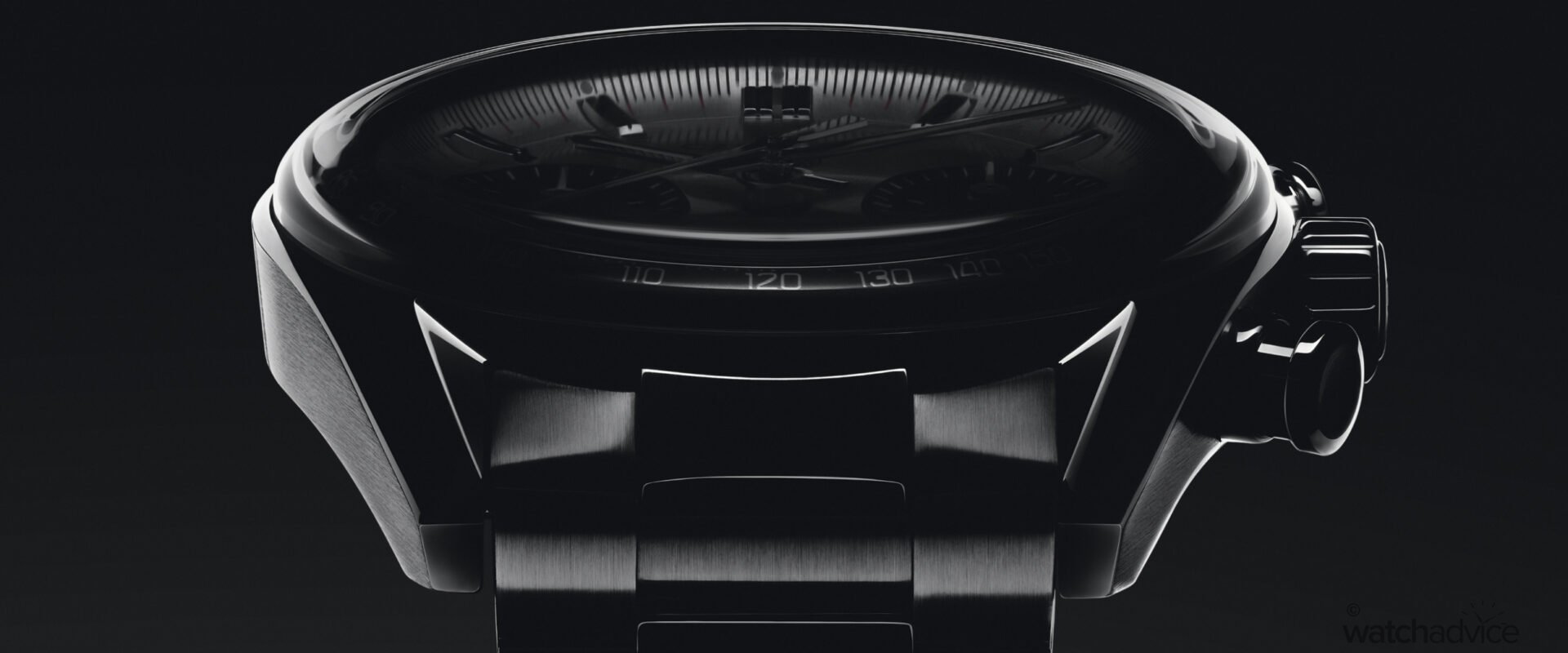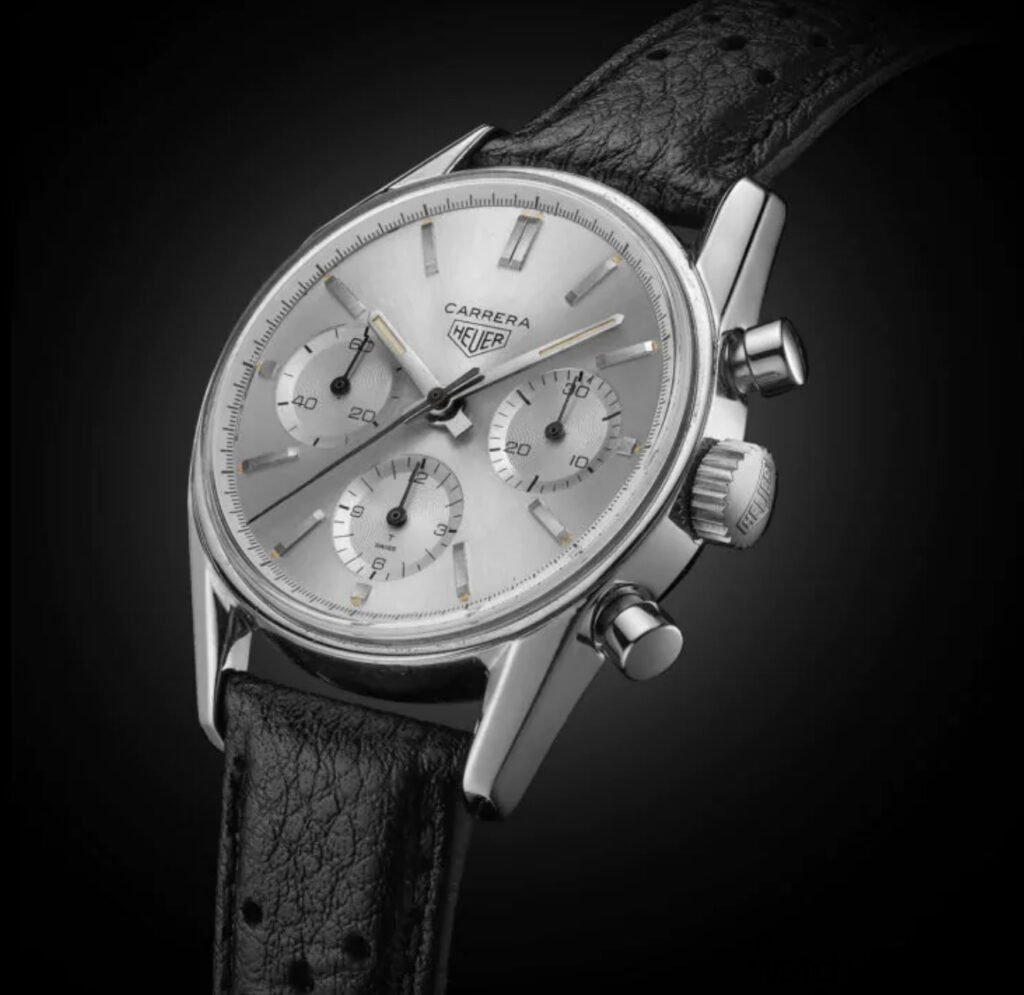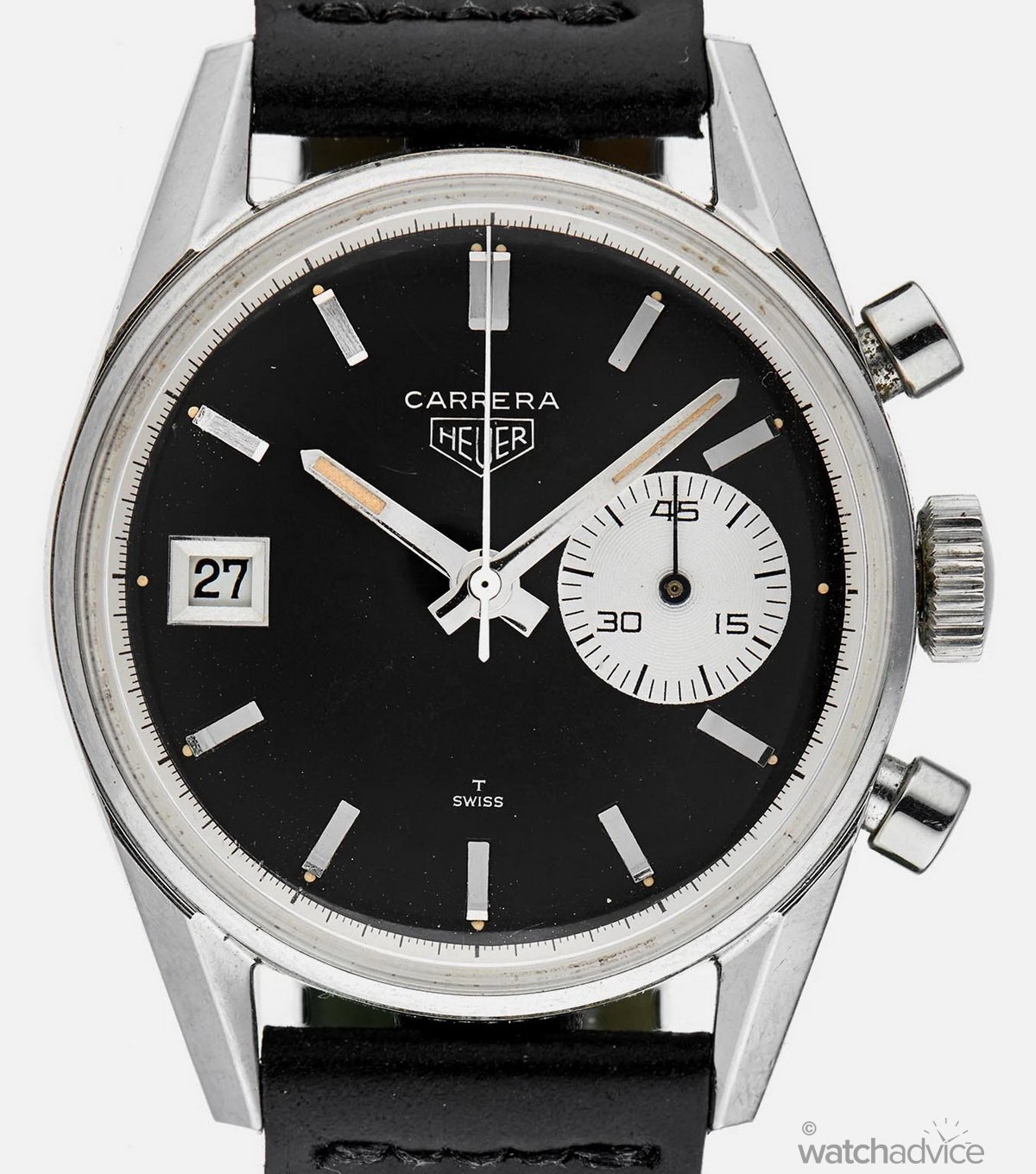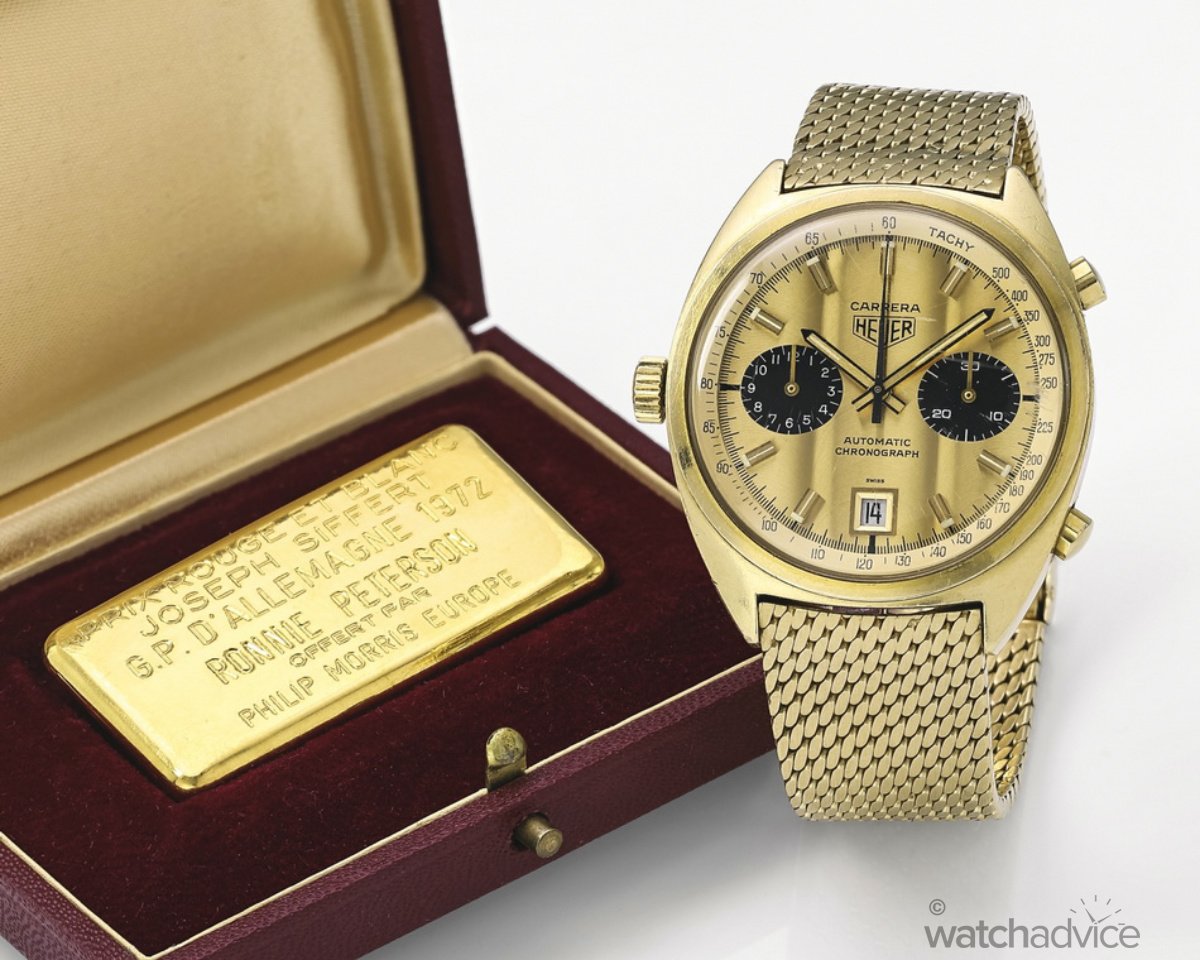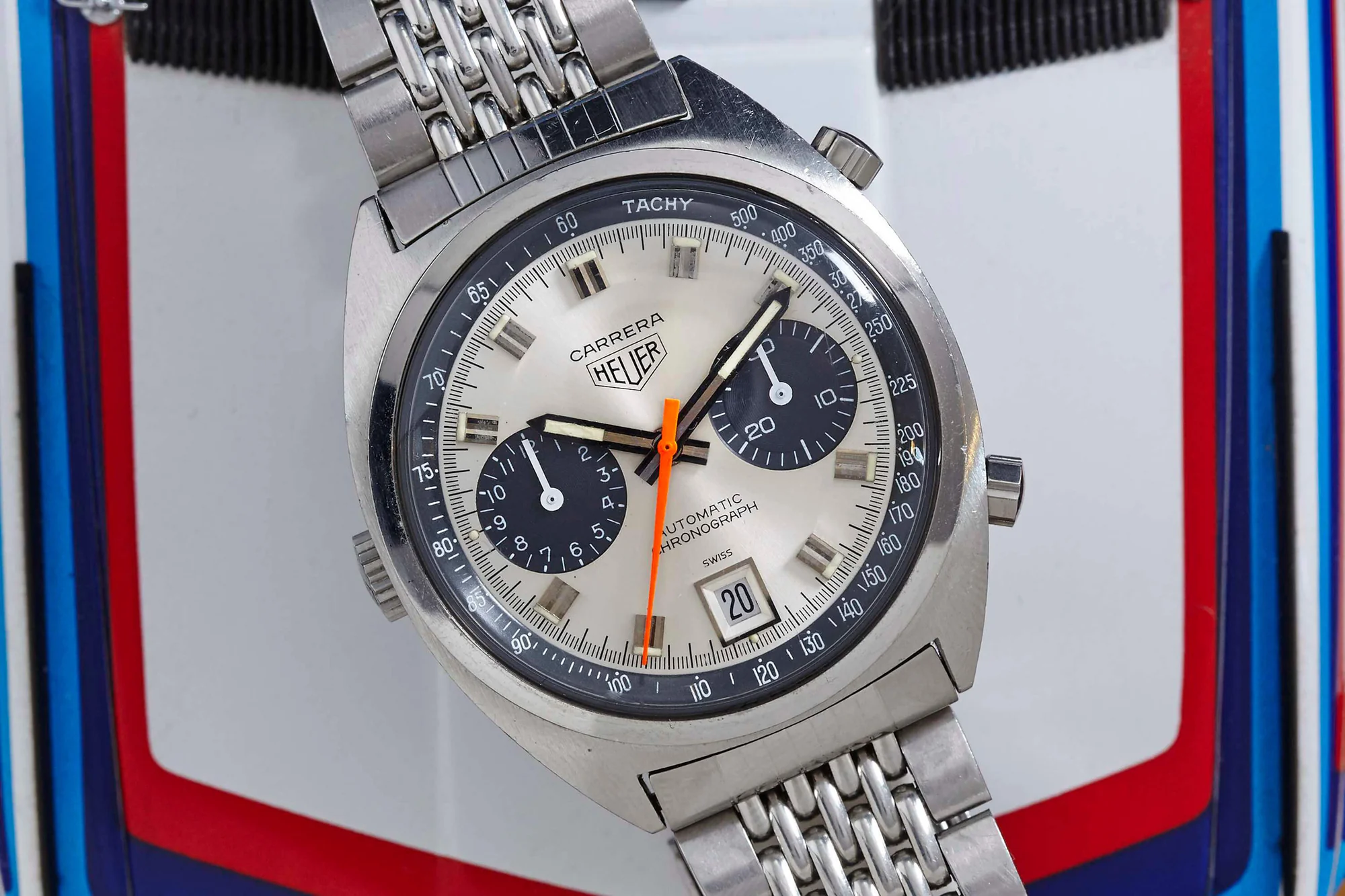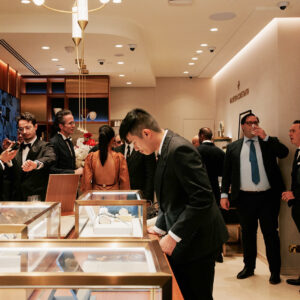The TAG Heuer Carrera is a legendary timepiece, born into a time of change and remaining almost as it was for over six decades. But what made the Carrera so iconic – especially in an era full of iconic chronographs?
This article was written in partnership with TAG Heuer
The TAG Heuer Carrera as we know it today isn’t exactly the flashiest watch out there. It’s a simple round dial with a typical chronograph register layout – a formula that’s hardly game changing. But simplicity can be deceiving, especially when it’s by design, and the Carrera as you know it today belies over sixty years of horological excellence. So, what does the name even mean? How did it propel TAG Heuer into becoming a staple of the motorsports industry? And how did a chair play into the Carrera’s design?
Now, I won’t be getting too into the origins of Heuer/TAG Heuer and the work they accomplished over the years. I’ll mainly focus on the conception of the Carrera and how it came to be a cornerstone of the TAG Heuer brand. If it’s the story of the brand you’re after, I highly suggest you check out our article – Brand Essentials: Tales From Tag Heuer
The Origins
In the mid-20th century, Heuer was entering into what would be later known as the ‘Golden Era’ – a time of major innovation that would forever change their brand identity. They had already become reputable for their contributions to timekeeping in sports and had even supplied the Olympic Games for a time. However, there was a growing desire within Heuer to break into the world of motorsports. There, precision timing wasn’t just practical – it was critical.
Post-World War II, motorsports had significantly increased in popularity. It was a glamorous, high-stakes breeding ground for legendary racing organisations like NASCAR and Formula One, subsequently turning drivers like Juan-Manuel Fangio into immortal racing icons. Not only did Heuer see the glorious allure of motorsports racing, but they also saw an opportunity. They didn’t just want to create accurate timekeeping devices for drivers, but they also sought to associate themselves with the fast, precise, and high-stakes racing world.
Enter one Jack Heuer, son of Charles-Edouard Heuer and great-grandson of founder Edouard. Born November 19, 1932, he was a natural innovator. He would make his first contribution to watchmaking at age 15, when he approached his high school physics teacher about the difficulties his father had with creating a watch that tracked the tides. Jack’s interference and Dr. Heinz Schilt’s expertise would become instrumental in the invention of the original Solunar for Abercrombie & Fitch, which would eventually translate into the Mareograph Seafarer.
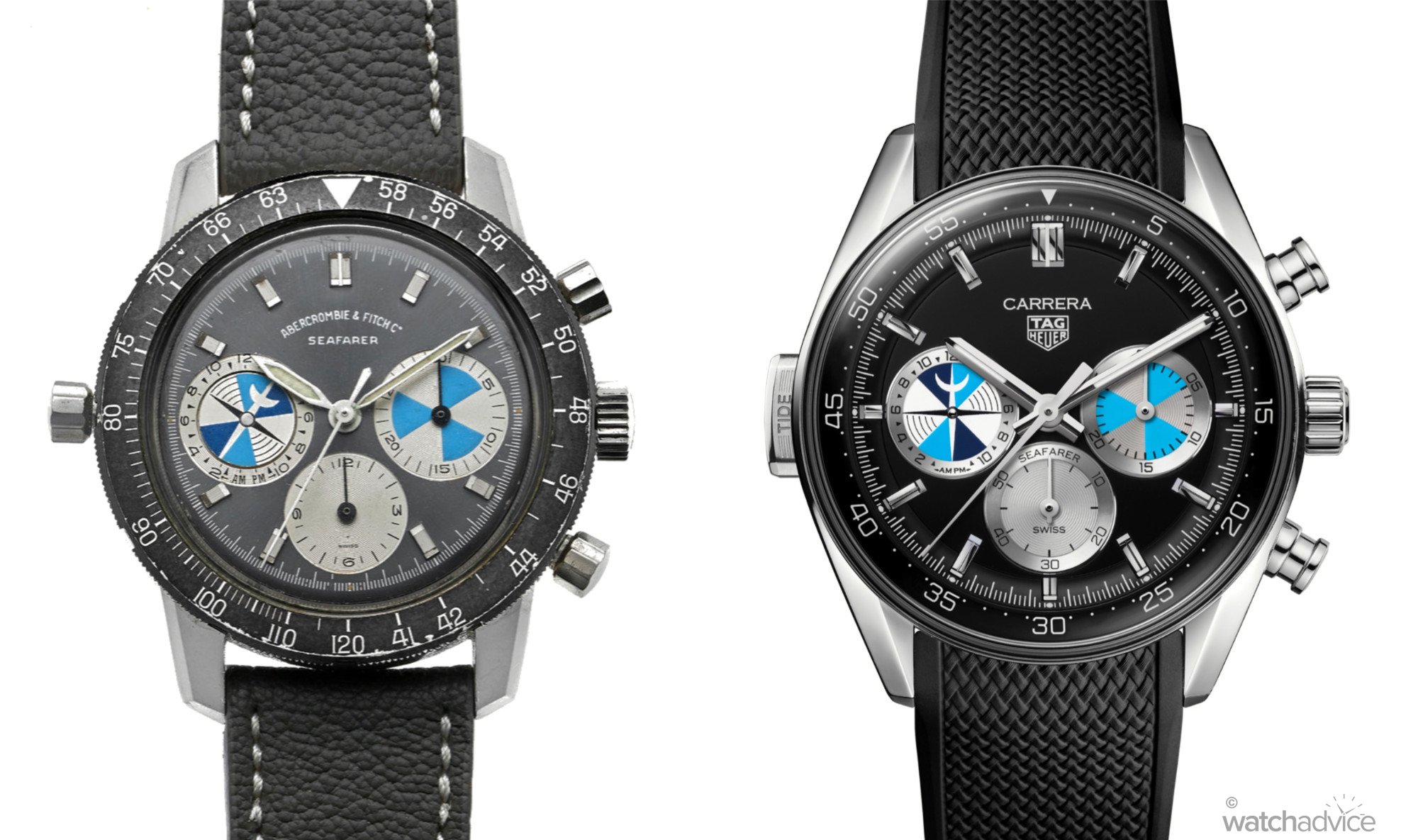
RELATED READING: The TAG Heuer Carrera Chronograph Seafarer x Hodinkee
1961 would see Jack Heuer make what he calls the first wristwatch he personally created for the company, when he contributed to the conversion of the Autavia timing instrument into a wristwatch, releasing the following year. It was this innovative spirit (and the family’s reputation, of course) that would see Jack ascend to the position of CEO of Heuer at just 29 years old, making him the fourth generation of the Heuer family to head the business.
January 1962 would see Jack Heuer represent Heuer America at the 12 Hours of Sebring in Florida, courtesy of the SCCA (Sports Car Club of America). There, he would engage in conversation with the parents of racing drivers Pedro and Ricardo Rodriguez, where he would hear a Spanish word that would entitle one of his greatest contributions to the Heuer brand:
“They told me that they were lucky that their boys were so young – Pedro was then 21 and Ricardo 19 – because if they had been born a few years earlier they would certainly have participated in the dangerous race across Mexico known as the Carrera Panamericana Mexico… It was at Sebring… that I first heard the Spanish word carrera. I loved not only its sexy sound but also its multiple meanings, which include road, race, course, and career. All very much Heuer territory!” – Jack Heuer, The Times of My Life, 2013
On top of that, Carrera was an easy word to pronounce in almost any language, something that would also contribute to the timepiece’s worldwide appeal. But in 1962, as soon as Jack returned to Switzerland, he rushed to register the name ‘Carrera,’ declaring it to be his next major development.
Creating the First Carrera
Once he had registered the Carrera name, Jack Heuer knew that the following year would be critical for his development of the company and the brand. He would start with the logo, which consisted of the Carrera name above the Heuer logo – a design element that has persisted within TAG Heuer, evident in all modern day Carreras.
Most chronograph timepieces of the time were equipped with tachymeters and telemeters, printed on the dial in a spiral scale that made them unnecessarily challenging to read. Jack was guided by a self-imposed set of standards when designing the Carrera, which went completely opposite to the chronograph offerings of the time: the new watch was to have a completely clean dial; versatile in wear; and easily read at a glance.
The reference 2447 was the result. The design was what Jack had intended: uncluttered, yet practical. Its minimalist construction, with peaked lugs, an acrylic box crystal, and a dial free from obstruction, gave the Carrera a distinct silhouette, even among other famous chronographs of the time like the Omega Speedmaster or the Rolex Daytona.
Some cite the Bauhaus style as a key inspiration for the original Carrera’s minimalist appearance, with its simple baton hands and indexes alongside a set of tri-compax registers. However, Jack would take on several inspirations from the world of design and architecture outside Bauhaus:
“During my student years, I had become a great lover of modern design. I loved all the furniture designed by Le Corbusier and Charles Eames. Amongst architects, I was a great fan of Eero Saarinen and Oscar Niemeyer. As a student I even managed to save enough money to buy a Charles Eames lounge chair, although it did look a bit out of place when I put it in my rather shabby student digs in Zurich.“
Jack Heuer, The Times of My Life, 2013
It could be argued that Charles Eames’ lounge chair had a significant impact on Jack Heuer, subsequently informing the final look of the Carrera. Both pieces celebrate function over form; They both feel timeless in aesthetics and ergonomics; And both made strides in innovation through design.
Innovation was already a key part of the Carrera’s identity, and yet Jack Heuer was not content to stop there. Decluttering the dial also meant the removal of the printed 1/5th second track, which left the watch a blank slate without the all-important element of precision. Yet, Jack would soon overcome this thanks to a steel tension ring that had been invented to fit the inside of an acrylic crystal.
Not only did it increase the water resistance rating of the watch, but it permitted Jack to print the Carrera’s 1/5th second track onto the tension ring, away from the dial. The tachymeter feature would eventually make their return, integrated into the tension ring as part of the second track. This gave way to customisation, where Heuer began to manufacture a myriad of Carrera references to suit different needs, such as pulsometers and other measurements trackable by time. The illegibility of chronographs of old were now history – replaced by a fashionable, yet practical timepiece; An elegant watch, for a more modernised age.
Evolution & Iconic Models
Overtime, the Carrera has taken on many forms over its decades-long tenure. While I may not be able to address the -let’s face it – countless variations of the Carrera, I will instead address the iconic models that have helped to evolve the collection into what it is today.
The Sixties
As the 2447 series began to take off, it would eventually span a series of collections based on the original rendition, all powered by the manual wind Valjoux 23/72 chronograph movement. These would include different dial variations in bi-compax configurations instead of tri-compax; tachymeter and pulsometer readers; and even double-signed versions of the Carrera alongside brands like MG and Fisher.
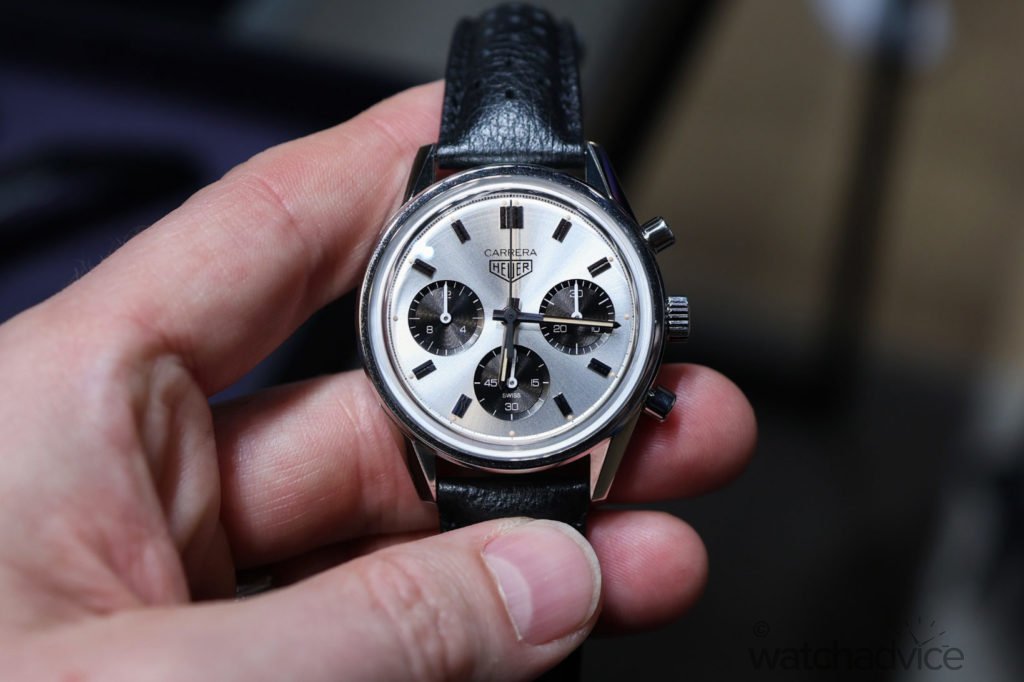
The most popular watches to come out in this era were the sibling references 2447SN and 2447NS – the first panda and reverse panda configurations of the Carrera ever made, warranting a revival of the former as part of the year-long celebration of the Carrera’s 60th anniversary.
Heuer would also introduce renditions of the Carrera with a date function. This started with the Dato 12 series, which had the novelty of a 12 o’clock date window. However, it wasn’t considered practical due to the second-hand chronograph obstructing the view of the date. The Dato 12 series was soon surpassed by the Dato 45. Ref. 3147N proved to be the most iconic of all. Powered by the Landeron 189, this reference came with a date at the 9 o’clock (45-minute mark) and a 3 o’clock, 45-minute chronograph register.
The back end of the decade would see Heuer experiment with other complications outside the chronograph, such as a triple calendar chronograph which, in my opinion, looks absolutely amazing and needs to come back as soon as possible. However, the main focus for the twilight of the sixties Heuer era would be the now-legendary ‘Skipperera,’ a modification to the bi-compax Ref. 7753 which included a 15-minute regatta timer and a unique colour scheme paying homage to the USS Intrepid, winners of the America’s Cup yacht race the year prior.
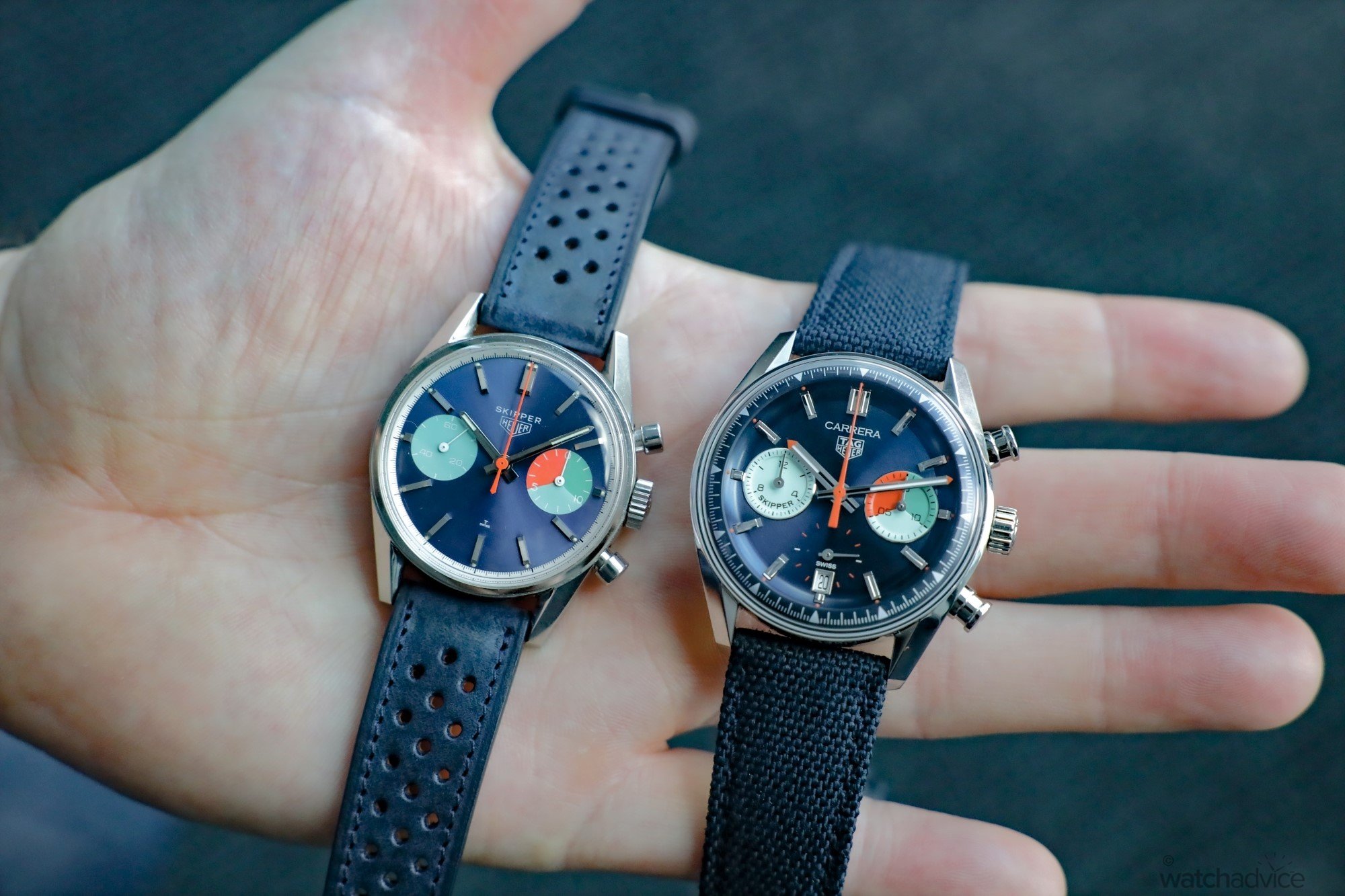
RELATED READING: TAG Heuer Launches The New Carrera Skipper
Seventies & The Quartz Crisis
The seventies would see Heuer hit the ground running, propelling Heuer’s reputation from precision timekeepers to the horological face of the motorsports industry. This would begin in 1971, when Jack Heuer would meet with the legendary Enzo Ferrari, successfully persuading him to sign a deal between Heuer and Ferrari which would make Heuer the first non-automotive brand ever to sponsor in the Formula One. As a result of this relationship, the ref. 1158CHN was born.
Using the Calibre 12 – an updated version of the Calibre 11 – this was the first Carrera to be made in a material other than steel, that being 18k gold. A plethora of racing legends were gifted their own ref. 1158CHN Carreras during Heuer’s partnership period, which included the likes of Mario Andretti, Clay Regazzoni, and Niki Lauda, all of whom drove for Ferrari; And also included Ronnie Peterson, who received a personalised message from Jack himself.
RELATED READING: The Art of Complications – Chronographs with Tag Heuer
The ref. 1158CHN was just one of the many new Carrera references of the seventies, which abandoned the rounded case for a more period-appropriate C-shaped case. Another example of this would be the ref. 1153, one of which was famously owned by singer Mick Jagger.
However, with the Quartz Crisis growing ever larger, Heuer would see itself do whatever it could to survive in its wake. This resulted in the barrel case Carrera models, which were made to a significantly lower standard than what Heuer had been previously used to. Their mechanical offerings began to progressively fall out of favour in the motorsports market, which led to Heuer selling their watches to whoever would buy them. A case in point was the People’s Armed Forces of Liberation of Angola (FAPLA) Carrera, which was worn by the eventual armed forces of the People’s Movement for the Liberation of Angola (MPLA). While we at WatchAdvice are far from able to comment on the implications of Heuer’s inadvertent association with highly controversial groups such as the MPLA, it’s these watches that perfectly illustrate both the desperation of Heuer and the rest of the Swiss watch industry in the face of electronic timekeeping.
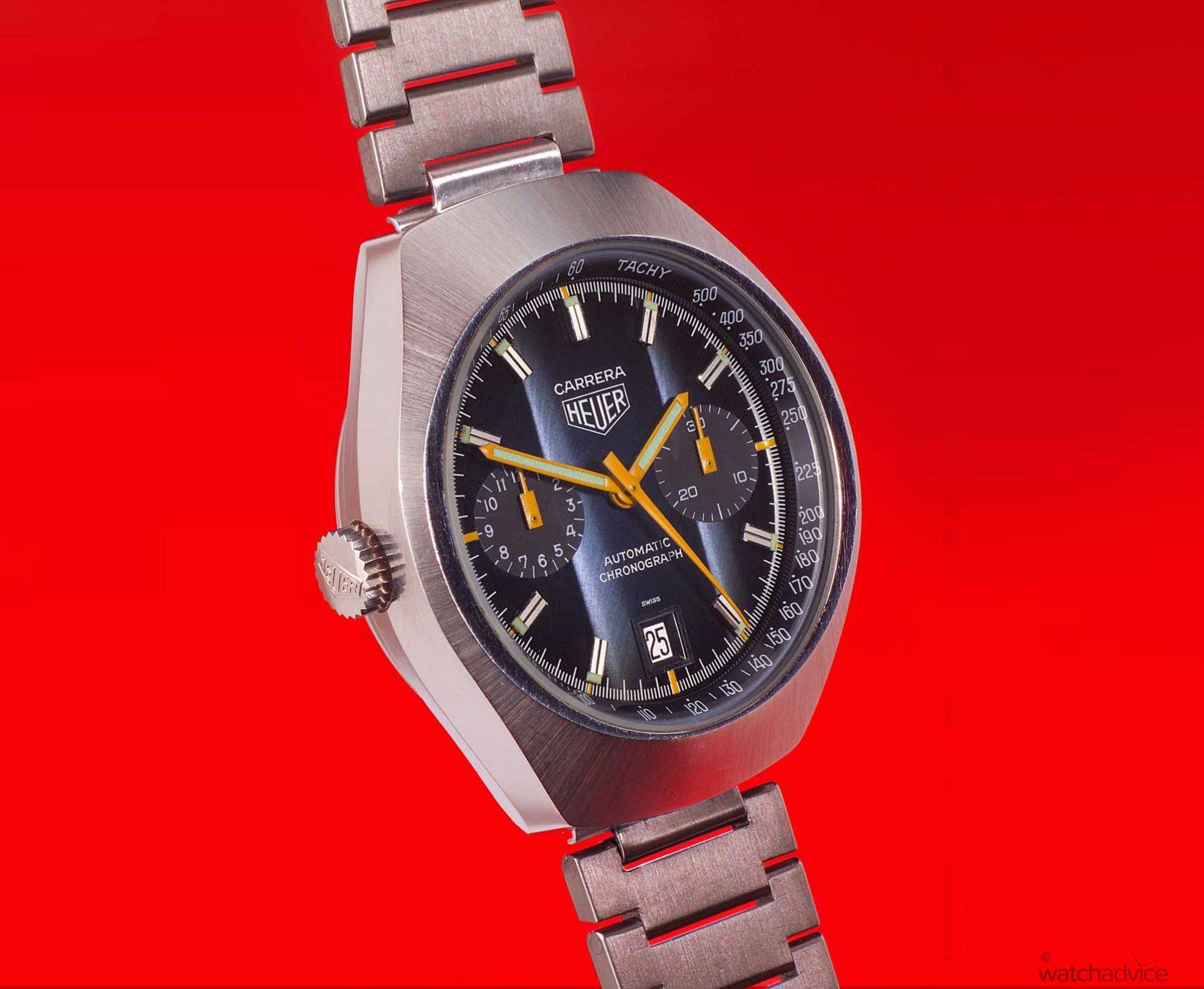
Techniques d’Avant-Garde & LVMH
By the eighties, Heuer’s time, energy and money were all but spent. Jack Heuer had departed what was now Heuer-Lemania in 1982, and the Quartz crisis has left them a shell of their former selves. Interest in the mechanical chronograph had waned drastically in favour of sports and dive watches, which reflected in Heuer’s designs.
Some designs would prevail during this period, such as the tonneau-shaped ref. 510.511 powered by the Lemania 5100. However, it was a far cry from what had been produced previously as part of the Heuer brand. The ref. 371.255CH – a gold-plated watch with a digital chronograph – was indicative of exactly how far Heuer had fallen; unrecognisable compared to the glory days of the Carrera. 1985 would see the Carrera cease production, as Heuer officially became TAG Heuer on January 1, 1986.
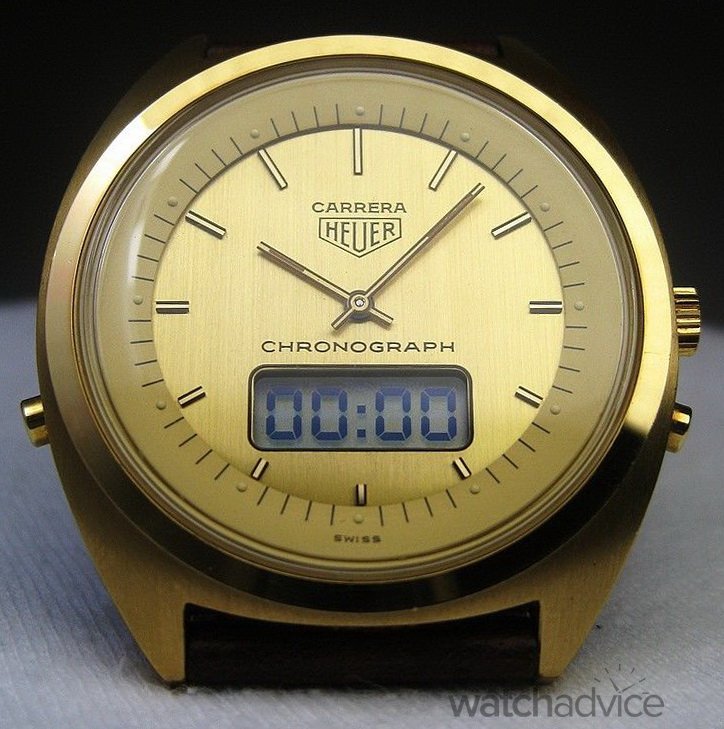
“On 29 June 1985 I opened my copy of Der Bund, the German-language paper serving readers in the canton of Bern, and read with surprise that my former company had been sold to a Saudi business group called TAG (an acronym for Techniques d’Avant Garde).”
Jack Heuer, The Times of My Life, 2013
For about 11 years, Heuer – now TAG Heuer – would not welcome another Carrera reference into the collection. However, 1996 would see the Carrera collection get another lease on life through a re-edition, with five new references inspired by Carreras from the sixties making their way back into the brand’s roster by the late nineties. At this time, though, TAG Heuer would find themselves being acquired by fashion giants LVMH, which closed the chapter of what was a brief but extremely turbulent era for the collection.
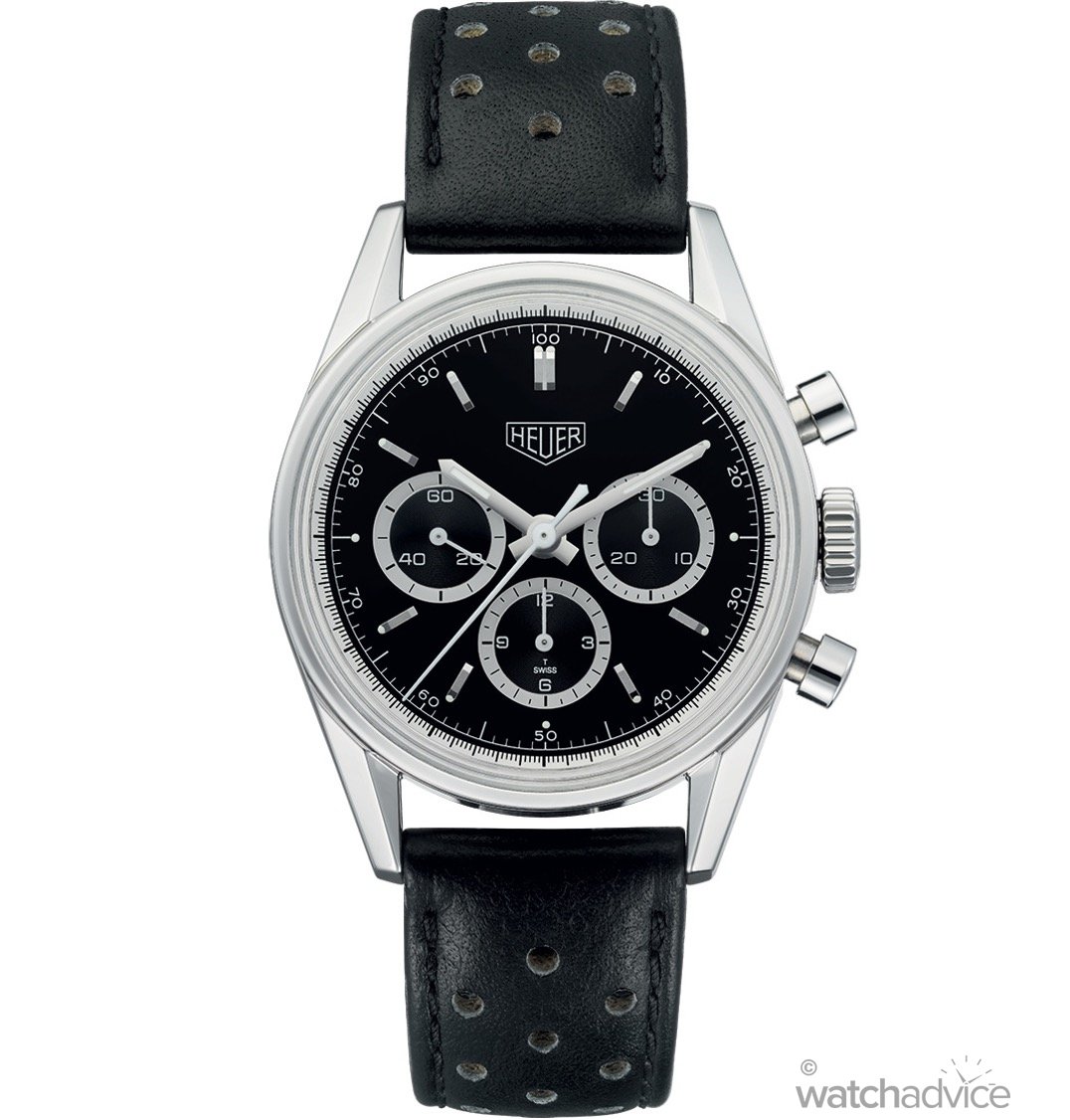
The 2000s, 2010s and the Carrera’s Resurgence
Under the new leadership of Jean-Christophe Babin, the Carrera would find itself back in the driver’s seat as TAG Heuer opted to promote it and the Monaco as permanent collections within the brand. The 1996 re-editions were certainly the smash hit the Carrera needed to get it back into the limelight, and TAG Heuer were more than happy to continue with both faithful recreations and heritage-inspired models to further stabilise the collection.
Once the foundation had been established, it was time for the Carrera to embark on another era of innovation. From 2004 to 2012, the CV20__ series was established, enlarging the Carrera for more modern tastes and even finally giving the collection a bezel. Mainly using the Calibre 16 – a modified version of the ever-reliable ETA/Valjoux 7750 – the new generation of Carrera would find itself in a new stage of its tenure.
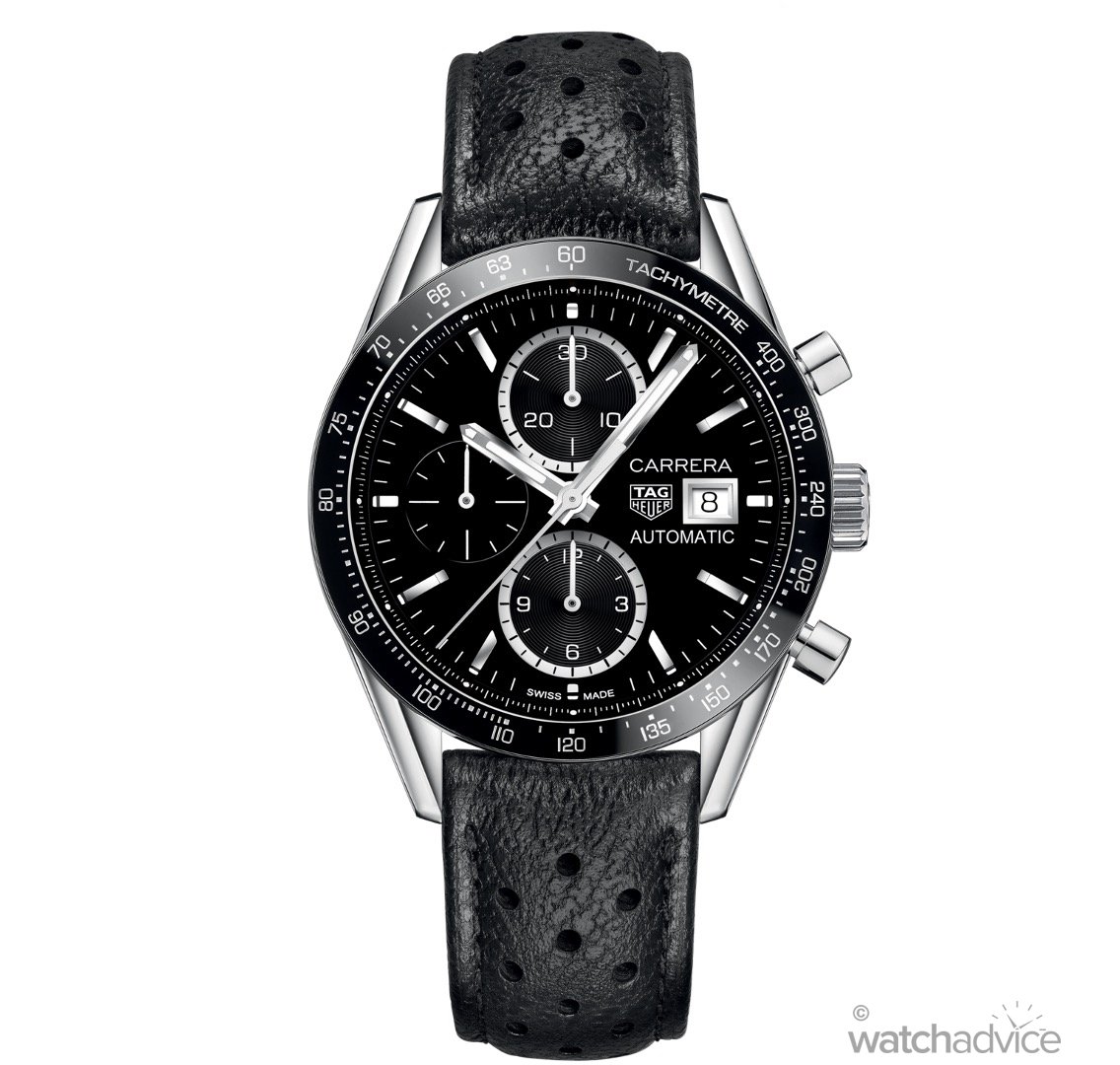
This was almost derailed in 2010, however, with the launch of the extremely divisive Calibre 1887. The Carrera would find itself under fire for the use of the Cal. 1887 – repackaged as the Heuer 01 in 2015 – which used the intellectual property and architecture of the TC78 movement from Seiko Instruments (SII). Though it was thoroughly modified and industrialised to TAG Heuer’s specifications, the Cal. 1887/H01’s reputation was marred from the start. This became one of the factors in its discontinuation in 2018, also making way for the more popular in-house Heuer 02 movement, which debuted the year prior with a monstrous 80-hour power reserve.
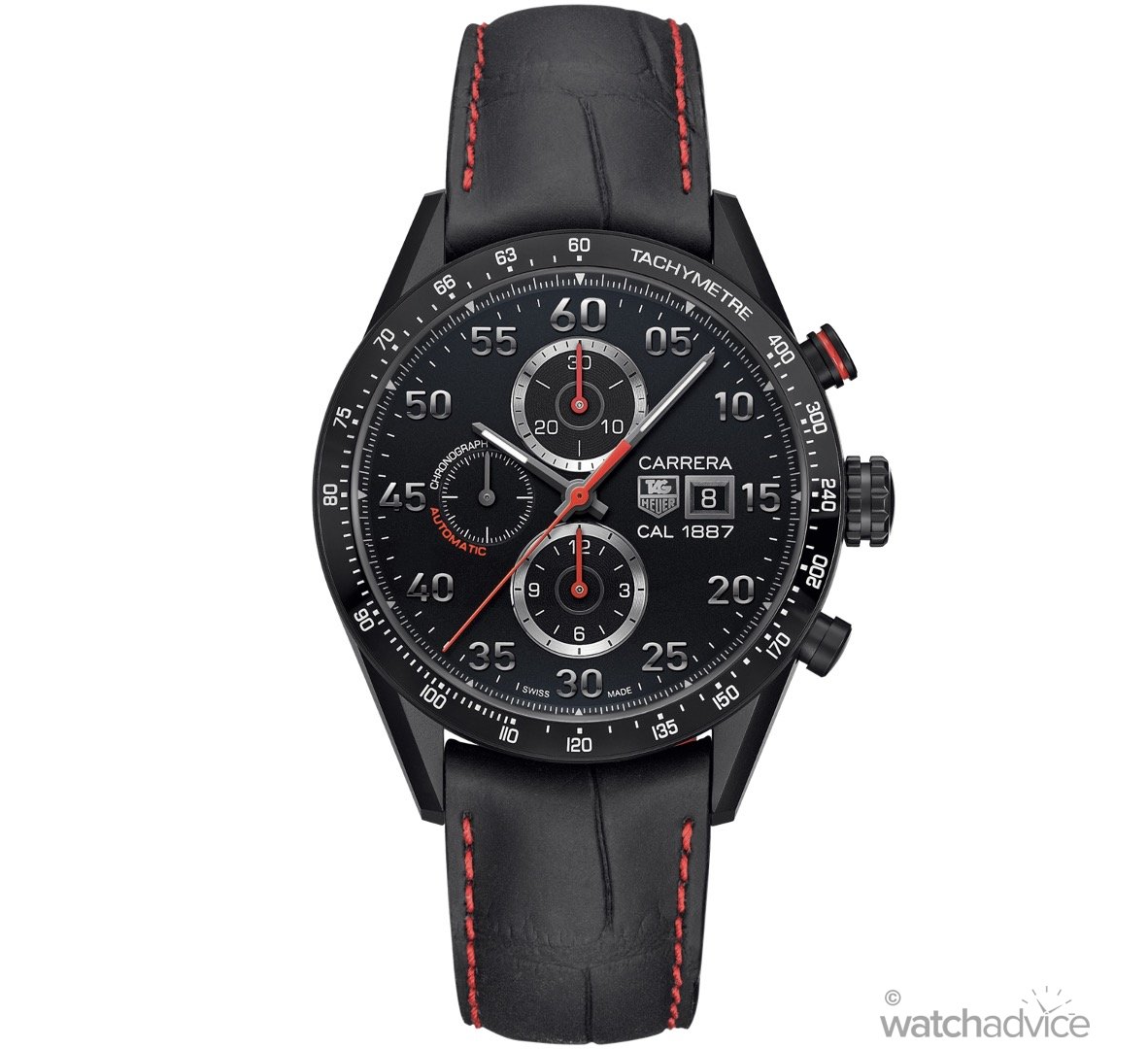
2015 and 2017 would see the return of the “glassbox” design that made the original Carreras so popular, repackaged with modern dimensions and specifications. 2015’s Calibre 18 Telemeter, touted as a watch that predicted the future, was the first Carrera in a long time that carried over many of the original design features penned by Jack Heuer so long ago. The 2017 release of the limited edition 39mm Heuer 02 red dial Carrera only served to hype up the enthusiast crowd, paving the way for a whole new era of the Carrera to come.
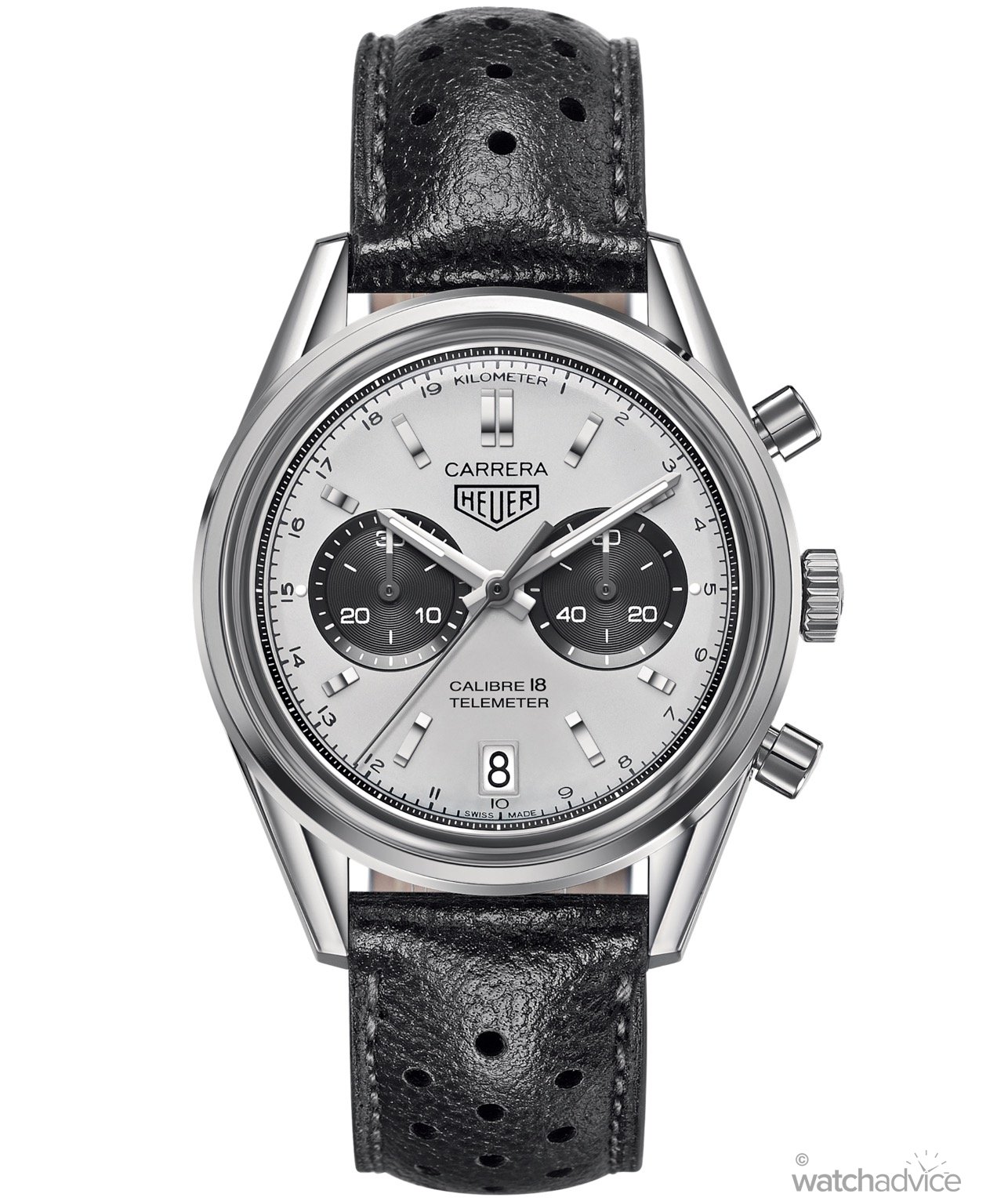
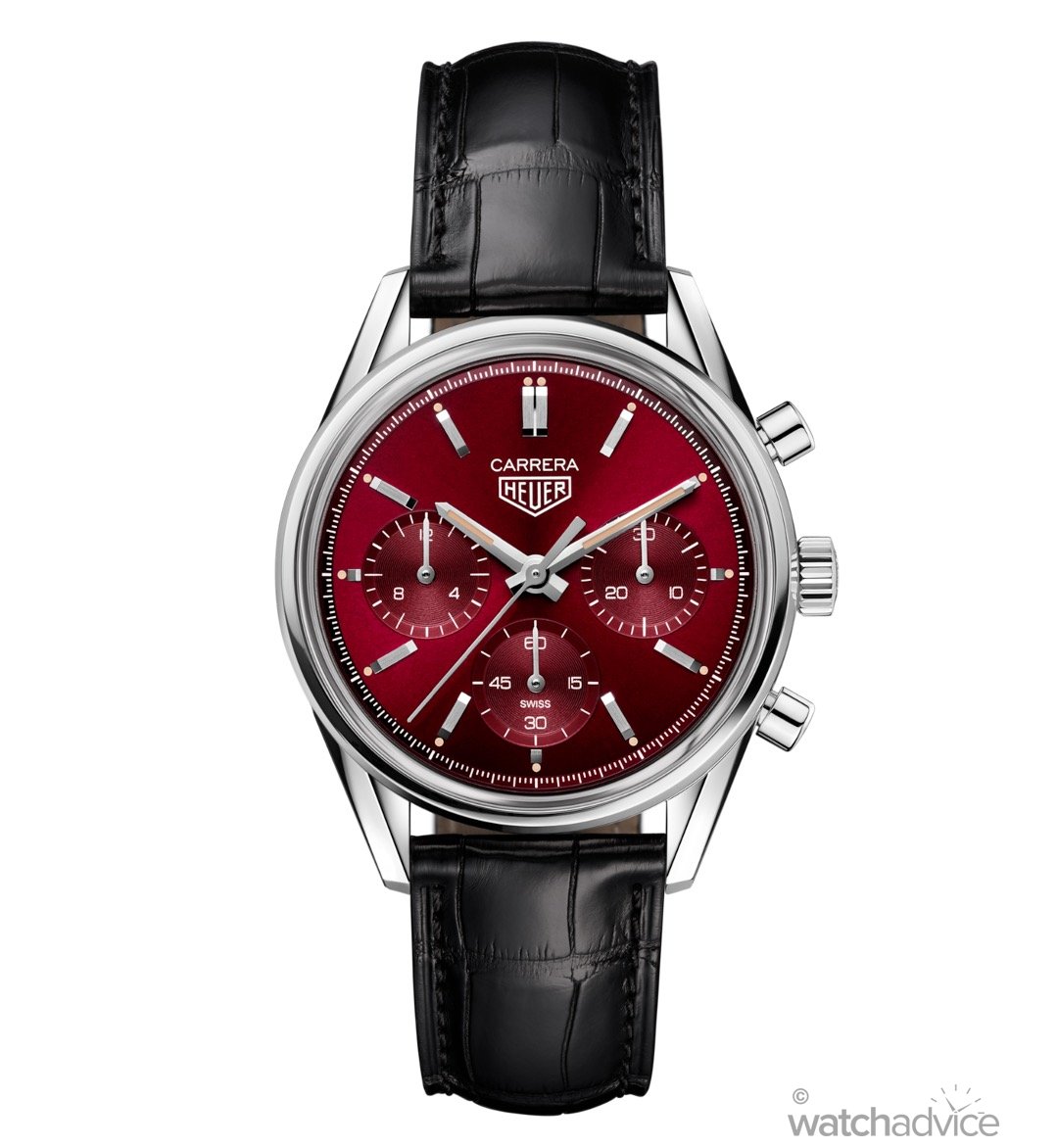
The Carrera Now
With the turn of the decade, TAG Heuer would find themselves with another young CEO in Frédéric Arnault. His goal was a simple one: To re-establish TAG Heuer as a high-end luxury watchmaker. While this meant a major reshuffle for the lineup, it also effectively repositioned the Carrera as the premium face of the entire brand. It had already garnered much success with the Heuer 02, but 2021 would also find TAG Heuer striking up a partnership with old friend Porsche for a series of special edition timepieces, celebrating both the Carrera watch and the Carrera car.
RELATED READING: TAG Heuer Reveals All New Carrera Chronograph x Porsche
The same year would bring even more glassbox Carreras into the fray, such as the 500-piece limited edition teal dial and the aforementioned 2447SN remaster. 2023 would eventually become a crucial year for TAG Heuer and Arnault, especially as it marked the Carrera’s 60th birthday. Arnault brought in world-class experience in the likes of movement director Carole Forestier-Kasapi and Global Heritage Director, Nicholas Biebuyck to reinforce the brand’s watchmaking reputation. These efforts came to a head with the release of the new generation of Carrera Glassbox in 2023, which many pundits tout to have stolen the show at that year’s Watches and Wonders exhibition.
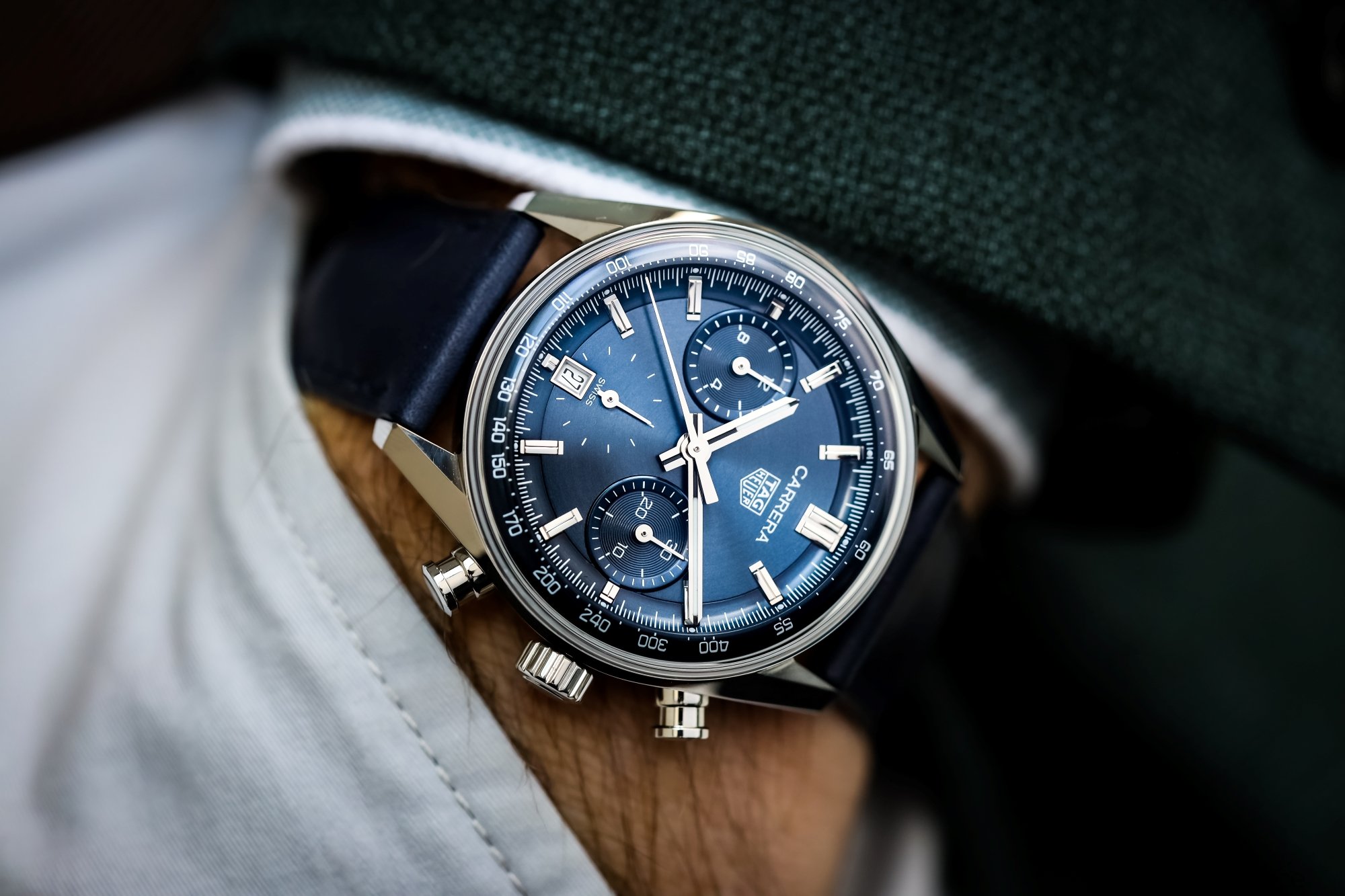
RELATED READING: Did TAG Heuer Just Make The Best Watch Commercial Ever?
Outfitted with an upgraded Heuer 02 named the TH20, the Carrera collection as you know it today is once again at the forefront of the brand: An image of excellence, steeped in motorsports history. A testament to the long and winding road travelled by TAG Heuer, the Carrera leads the way. No matter how many times it falls behind, it always ends up exactly where it deserves to be in the chronograph world: pole position.
The Future of the Carrera & Final Thoughts
Drama, adrenaline, innovation: All of these words could be used to describe two things. The first would be high-stakes motorsports races. The second? The story of the TAG Heuer Carrera. It’s scarcely believable to think that, when you wear one, you’re also carrying with it six decades’ worth of history – and counting. From Jack Heuer’s inspired first design, all the way to its partnership with Porsche, the Carrera has remained an icon of the watchmaking industry.
Yet, it’s so easy to forget that beyond the glitz and glamour of its motorsports ties, the Carrera is not a watch that cries out for attention. With it comes a utilitarian charm. It’s just a watch – but one that does its job extremely well, and looks good while doing it. Quietly confident, yet ruthlessly practical and intuitive, the Carrera is the greatest representative of the TAG Heuer motto: Don’t crack under pressure.
So, what is the TAG Heuer Carrera? It’s a watch that walks the line between classic and contemporary, and has done so for its entire life. While not as flashy as its modern-day competition, it doesn’t need to be. In a world of over-complication and rapidly changing trends, the Carrera has evolved into a timeless classic that may just outlast us all.
In conclusion, while sixty years have passed since the Carrera’s birth, it shows no sign of slowing down. Judging by the evolution of the brand and the promise of exciting developments over the horizon, the legacy of the iconic TAG Heuer Carrera is secure – and far from over.
This article was written as part of a commercial partnership with TAG Heuer. Watch Advice has commercial partners that work with us, however, we will never alter our editorial opinion on these pieces, a fact that is clearly communicated to the brands when entering into a commercial arrangement.


